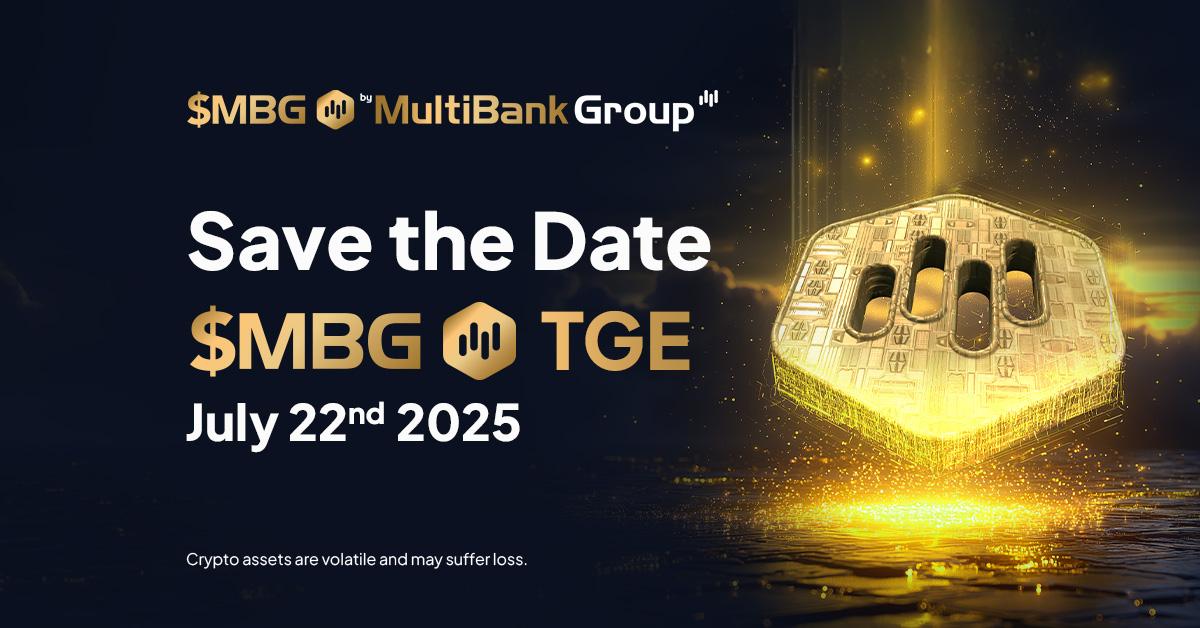The Greater Fool Theory is a concept introduced by professor Burton Malkiel that explains how investors can potentially make a profit by purchasing overvalued stocks or investment assets. This theory is based on the observation that people are often attracted to assets with increasing prices due to biases in human behavior. It suggests that herd mentality plays a role in exacerbating this effect, as stories of others achieving immediate success inspire others to seek similar gains. Essentially, the Greater Fool Theory proposes that there will always be someone willing to buy the asset at a higher price.
The concept behind the Greater Fool Theory can be traced back to the dot-com bubble of the late 1990s, where many technology stocks were trading at extremely high valuations without any justification based on fundamentals. Despite this, investors continued to buy into these stocks, believing that they could sell them to a “greater fool” at an even higher price.
One way to understand the Greater Fool Theory is by examining its application in the digital assets market, particularly in the case of meme coins. Meme coins, such as Doge and Shiba Inu, have gained popularity in recent years. These coins often have little to no utility or underlying value but have seen significant price increases driven by social media hype and celebrity endorsements.
As more stories circulate of individuals becoming millionaires through meme coins, it attracts “greater fools” who believe that they too can achieve similar wealth. These individuals may be influenced by the fear of missing out (FOMO) or a desire to participate in the perceived financial opportunity. In some cases, these meme coins may turn out to be outright scams, designed to exploit the greed and ignorance of investors. For example, the “Squid Game” coin was created based on the popularity of the South Korean Netflix drama, but it turned out to be a fraudulent scheme that resulted in significant losses for investors.
It is essential for investors to exercise caution and conduct thorough research before investing in assets that may be subject to the Greater Fool Theory. Understanding the underlying value and potential risks associated with an investment is crucial to making informed decisions.
In recent years, blockchain technology and cryptocurrencies have gained significant attention, attracting both seasoned investors and newcomers to the space. The speculative nature of cryptocurrency markets makes them particularly susceptible to the Greater Fool Theory. Many cryptocurrencies experience extreme price volatility, driven by market sentiment and speculative trading.
However, it is important to note that not all investments in the cryptocurrency space are subject to the Greater Fool Theory. There are legitimate projects with innovative technology and real-world applications that drive value. These projects are built on solid foundations and have a clear roadmap for development and adoption.
For newbie blockchain readers, it is crucial to distinguish between investments driven by genuine utility and value from those solely fueled by speculation and hype. Conducting thorough research, understanding the technology behind a project, and evaluating its potential for long-term success are key factors in making informed investment decisions in the blockchain space.
In conclusion, the Greater Fool Theory explains how investors can potentially make a profit by buying overvalued assets with the expectation of selling them to someone else at an even higher price. This theory is driven by human behavior, herd mentality, and the allure of quick wealth. However, it is important for investors to exercise caution and conduct thorough research before investing in assets that may be subject to the Greater Fool Theory. Understanding the underlying value and potential risks associated with an investment is crucial to making informed decisions, particularly in the volatile world of cryptocurrencies and blockchain technology.
Author: Gunnar Jaerv is the chief operating officer of First Digital Trust, a technology-driven financial institution in Hong Kong that powers the digital asset industry and serves financial technology innovators. Before joining First Digital Trust, Gunnar founded several tech startups, including Peak Digital in Hong Kong and Elements Global Enterprises in Singapore.















